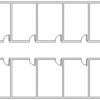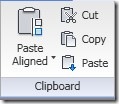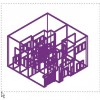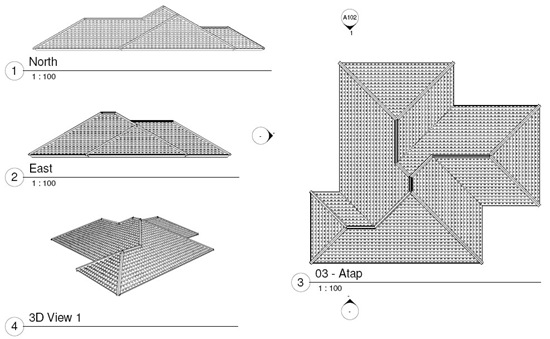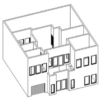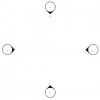It’s inevitable when I teach Revit to AutoCAD users: they will compare and ask if they can do it in Revit. One of most popular question is, “I always use AutoCAD blocks for my typical design. So if there’s any changes, all of them that use the same definition will also updated. Can I can […]
Creating Your Own Wall Type
Let’s continue our tutorial. You have tried several wall types in the previous Revit tutorial. You might find out that even Revit has many types of walls, you need to define your own types. This is what we are going to do now, creating our own wall types! Type vs Instance Properties First thing first. […]
How to: Copy Objects to Different Level
How can we copy Revit objects to different levels? You can do it using copy tools from Revit ribbon, of course. You can open elevation view, or even 3d view and simply copy them. But not all type of Revit objects can use this tool: have you tried to duplicate walls to different level using […]
Understanding Wall Structure
We’ve been placing wall in our Revit model. So far, we use generic type. It only has one layer, so you might not notice that you can actually define exterior and interior wall. Activate modify tool. Select one of your wall. You should see arrow symbol to flip your wall. The arrows are supposed to […]
Add Pattern to Roof
Can I add pattern to my roof in Revit Architecture? Sure! Image above is actually plotted from sheet. You can apply surface pattern to your family for this purpose. Open your roof type properties, edit the material. Duplicate any material from the list, rename it. Now we will apply pattern to this material. Understanding Pattern […]
Revit Tutorial: Placing Doors and Windows
From the Revit Architecture tutorial series, in this step, you will place the doors and windows.
Finishing Your Walls
From the Revit Architecture tutorial series, in this step, you will create the interior walls.
Placing Exterior Walls
We have created new levels in our Revit project. Now we are going to place walls. Let’s start from exterior walls. If you are new to this site, you can see the Revit tutorial contents list here. Open 1st Floor View. Double click 1st Floor under floor plan views, in project browser. You will see an […]
